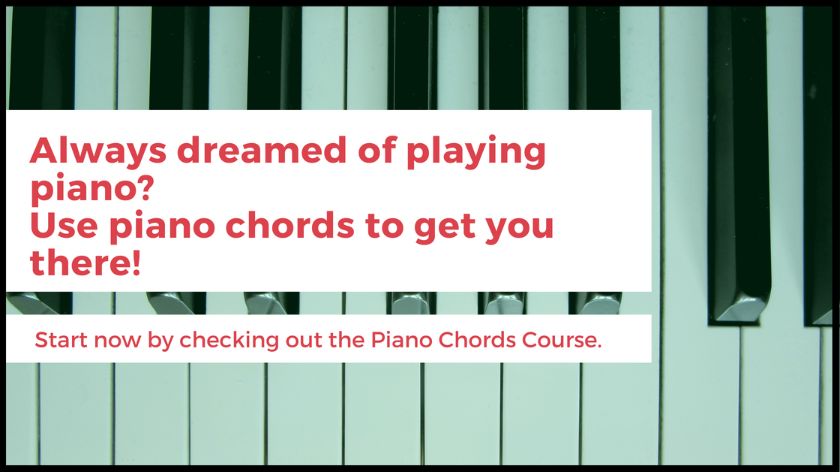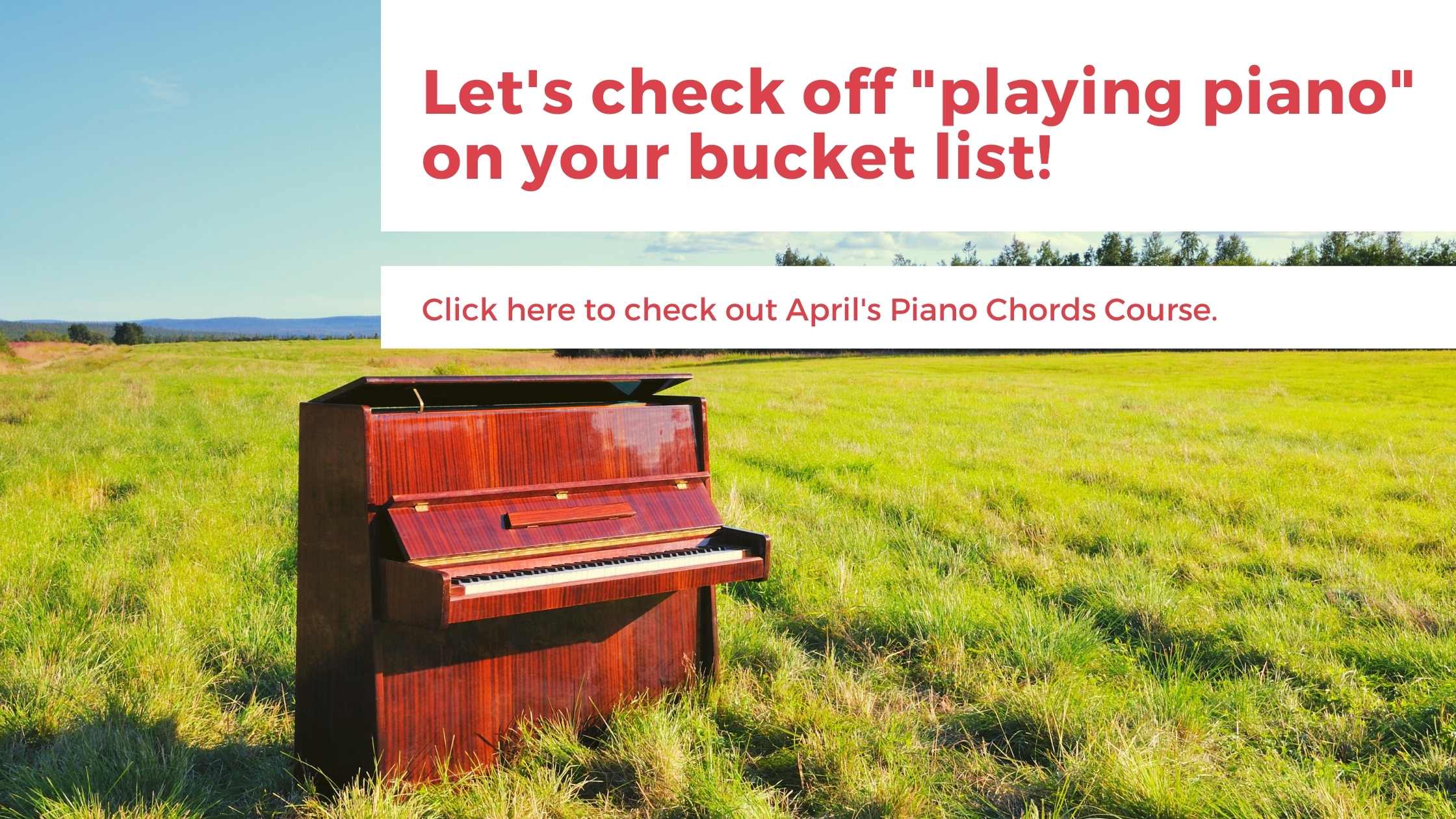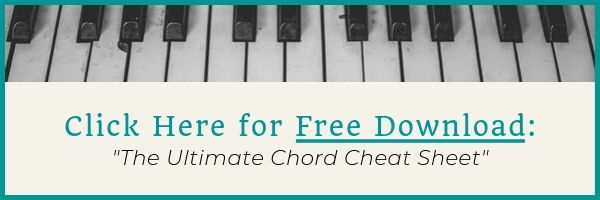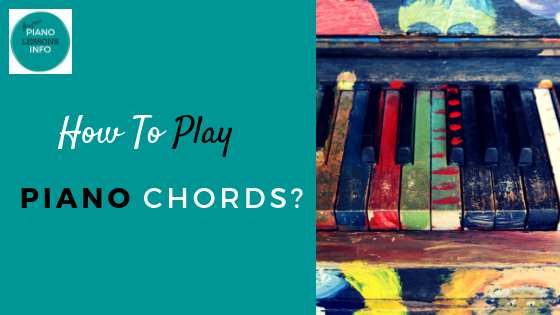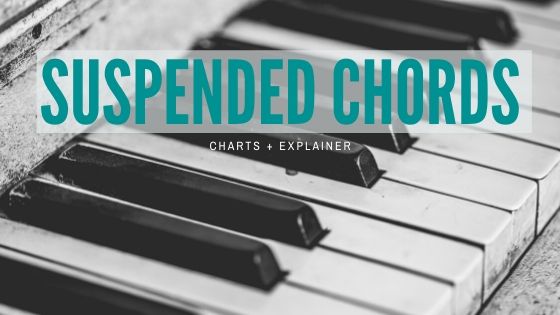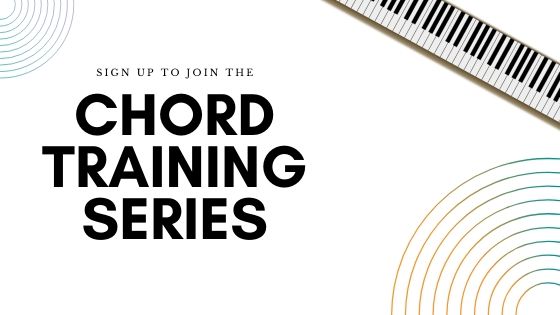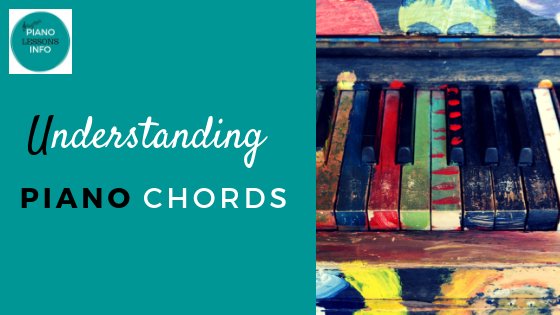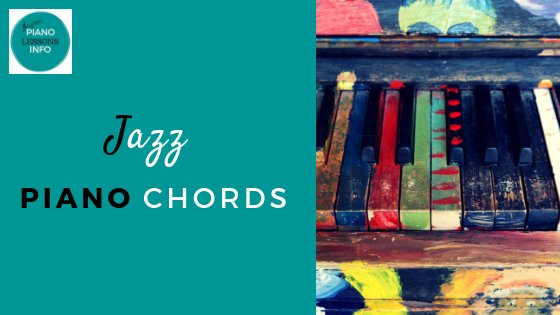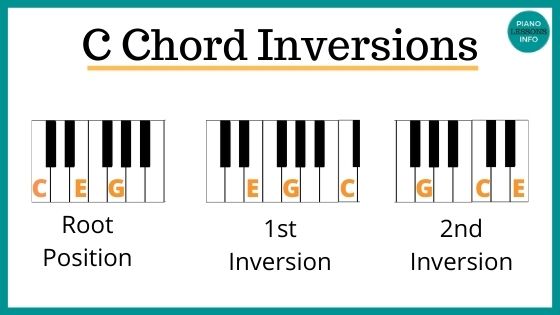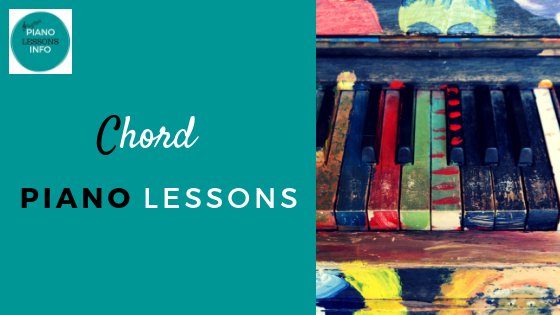m7 Chord: What is it & How Do You Play It?
The m7 chord is a beautiful chord. It might actually be my favourite.
But what is it?
On this page we'll answer that as well as:
- tell you what the m and 7 stand for
- give you the m7 chord formula
- show you how to play it on piano
- show you how to write it
- give you an m7 chord chart
- give you a m7 chord progression (or two) to try
- give you a musical example of what the chord sounds like in a song
Note: you can skip the technical explanations below and go straight to chord charts and playing m7 chords by clicking here.
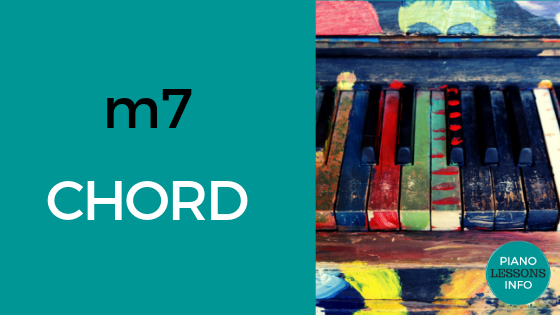
m7 or Minor Seventh Chord
The m7 chord is a minor seventh chord. It's made up of 3 parts.
Part 1: the root note.
Part 2: the "m".
Part 3: the 7.
Part 1: The Root Note
The root note tells you what note is the root or what note is the bottom of the chord. This can include a sharp or a flat.
For example:
In am7, a is the root.
In f#m7, f# or f sharp is the root.
In bbm7, bb or b flat is the root.
(Note, minor chords are technically supposed to be written lowercase for their root note so that's what you'll find here.)
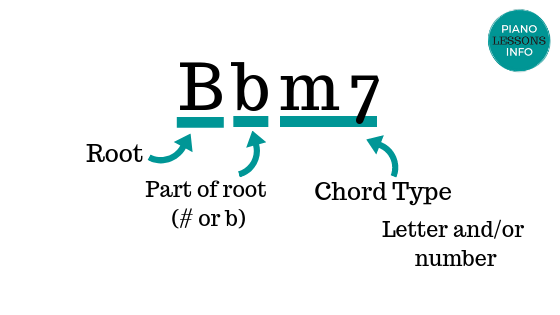
Part 2: the "m"
The m stands for minor. So this means that there is a minor chord as part of this chord.
For example. let's look at am7 chord. Am is the first part. This means play the a minor chord - A C E.
(Need to learn about minor chords? Click here.)
Part 3: the 7
What does the 7 mean?
It stands for the 7th note of the scale. Technically, it means you play the seventh note of the scale (with the minor chord) and lower it a semi-tone.
For example, in cm7, the seventh note of C major scale is B. You need to lower that and play B flat.
Too Technical?
If you find this explanation confusing it's because there is a lot of implied knowledge in explaining a chord formula. It means you need to know both about scales AND key signatures.
You can learn about both of those things here on this site but you don't have to. Go to to chord chart section next if you want to see the notes of the chords and skip the technical explanation.
m7 Chord Formula
The formula for the m7 (and every other) chord is based off of the major scale. This is how the m7 chord is formed:
1, lowered 3, 5, lowered 7
or:
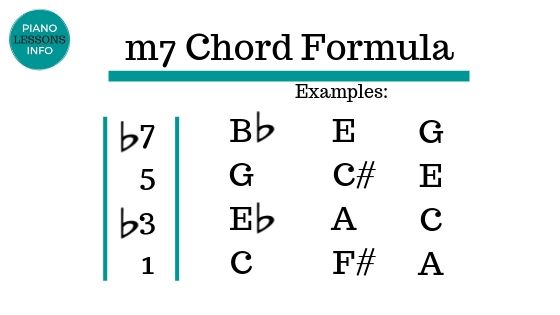
Remember that to lower a note means to take it down a semi tone.
A sharp will become a natural and a natural will become a flat.
Want To Write m7 Chords?
To write a minor seventh chord, you can build up from the root. If you know key signatures of minor scales, you can use the 1, 3, 5, and 7th note of the minor scale to make the chord.
Otherwise, build it using the formula above.
Let's go through an example and make dm7.
The key signature of D major has F# and C#. The rest are white notes. So if we take the 1, 3, 5, and 7th notes of the scale we get D, F#, A, C#. Now lower the third - F# becomes F and lower the 7th - C# becomes C. The chord is D F A C.
m7 Chord Charts
You don't have to know how to make a m7 or minor seventh chord to be able to play it. You can have a reference and memorize the chords or just use it as you play them. You'll eventually remember.
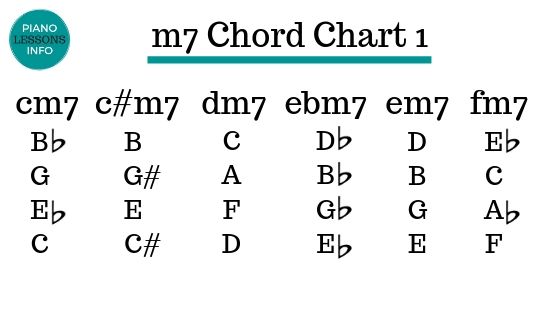
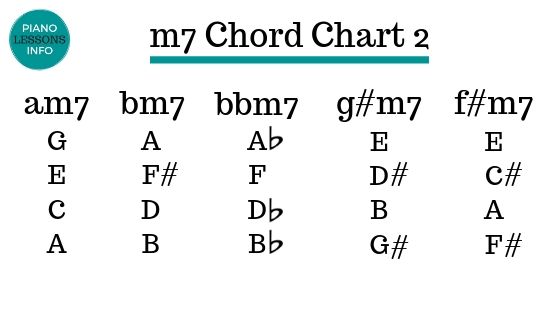
How to Play m7 Chords on Piano
When you first start playing minor seventh chords on the piano, you may find it a bit of a stretch for your hand. It's good to start playing them this way and get used to the feeling and do the stretch.
Fingers to use are:
Right hand: fingers 1 2 4 5.
Left hand: fingers 5 4 2 1.
So just not the middle finger when in root position.
You don't have to play m7 chords in the order they are written. You can add the seventh note to the bottom of the chord making it easier to play. If you're still getting used to this type of chord though, I'd recommend keeping it in root position for a while and getting that hand stretched out!
Video Playlist of the m7 Piano Chords
m7 Chord Progressions
To practice minor seventh chords on the piano, here are a few chord progressions to start out with.
m7 Chord Progression 1:
Starting simple, we're just going to work one m7 chord in here.
C F am7 G
Chord Progression 2:
G D em7 C
m7 Only Chord Progressions:
1. am7 em7 dm7 em7
2. gm7 bbm7 cm7 gm7
3. bm7 f#m7 g#m7 bm7
4. cm7 fm7 gm7 fm7
Piano Music Video With m7 Chords
I recorded this piano music using mainly m7 chords - there's one E7 chord (E G# B D) but other than that they are all minor seventh chords.
The chord progression I used for this music was:
Section 1:
am7 em7 am7 em7
Section 2:
dm7 am7 dm7 E7
And also:
am7 em7 dm7 em7
As you'll be able to hear, you can do a lot by just playing a few chords!
Free Download:
Ultimate Chord Cheat Sheet

Subscribe below and get free access to the (printable) Ultimate Chord Cheat Sheet.
Related pages you may also want to see:
Recent Articles
-
Piano Notes Chart
Nov 20, 23 10:21 PM
Find a piano notes chart for treble clef and bass clef notes as well as the different types of notes. -
D Chord on Piano + Diagram, How To & Theory
Oct 24, 23 12:20 AM
Learn how to play the D chord on piano with diagram, fingering, D/A, D/F# and a theory explainer. -
Diminished Piano Chords: Chart & How to Make Them
Oct 09, 23 09:23 PM
Learn the different diminished piano chords and how to make them. Here you'll find both a diminished chord chart and an explanation.
Free Download:
Ultimate Chord Cheat Sheet

Subscribe below and get free access to the (printable) Ultimate Chord Cheat Sheet.

